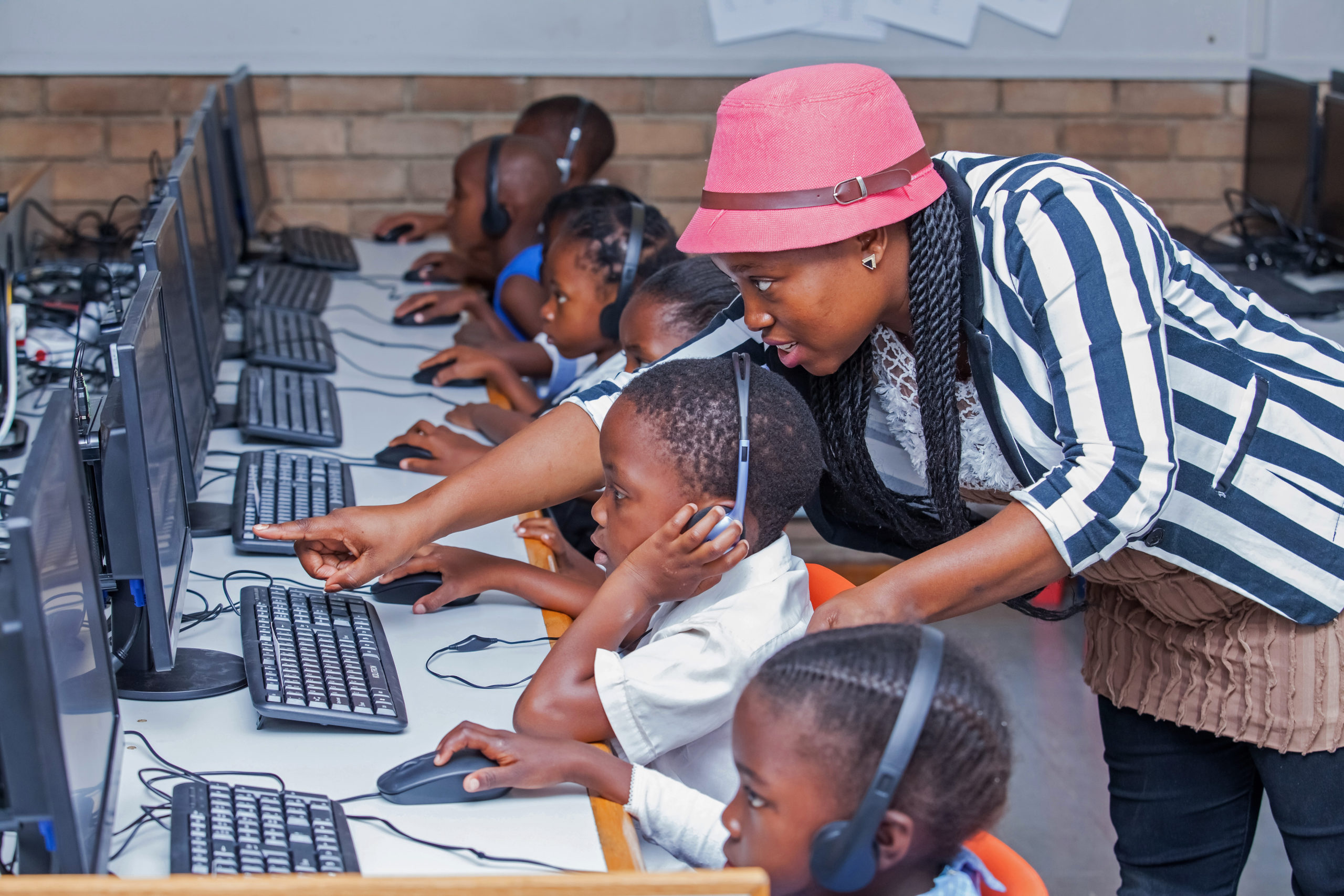advertisement
The Never-Ending Challenge of Getting Education Technology “Just Right”

Education is arguably the single most important investment a society can make in its future. And most people only get one chance at it.
As a result, there’s a huge weight of responsibility on policymakers and teachers to get it right. The quest to find the ideal approach, particularly regarding technology’s role, has sparked passionate debates and extensive research into the best way to run an education system.
On one side there are people who extol its virtues almost without exception. On the other, those who point to the detrimental effect of excessive screen time and social media, suggesting that fewer digital systems should be in teachers’ and learners’ hands.
advertisement
So, who truly holds the key to unlocking the right path forward: the proponents of edtech or the sceptics? In answering this question, it’s important to understand both views.
The Positive Case for edtech
Advocates of continuous improvement in edtech believe it has made life easier for everyone in the sector. They point to the fact that instead of using pen and paper, students now use laptops to take notes and create work. When compared to a stack of notebooks, an iPad is relatively light. Instead of a weighty book, searching through the internet or an e-book is even easier.
advertisement
The positive case suggests that times have changed, people have evolved and technology has advanced. It says that ensuring technology is embedded within education better prepares students for a more unpredictable future where technology will play a critical role.
And there’s plenty of evidence to support this. Using computers and other devices in conjunction with digital tools allows students to play a more proactive role and be at the centre of that process. With over 65 per cent of the world’s population predominantly being visual learners, technology also offers a way to better cater to this demographic and enhance the quality of learning for all through the likes of digital visual aids.
Technology such as interactive displays, monitors or projectors provides educators with a powerful platform for creating a visual and interactive learning environment that helps those visual-spatial learners, surpassing traditional tools like whiteboards and blackboards. Teachers broadly agree too; nearly 78 per cent said that having more interactive and better display technology would help to engage pupils more effectively.
advertisement
As a result, many proponents say it’s vital to continue embracing the transformative potential of technology in education. It provides a new way to display and interact with visual elements that enhance the learning process. This view is reflected by many administrations. The UK government recently announced an additional £150 million investment to ensure that all schools and academy trusts can make the most of the benefits digital technology can have in the classroom.
But Digital Technology in Education is Not Just Screens and Visuals
There are simple technologies that enhance the lives of educators, such as scanners to collate written work and online marking platforms to better manage the process of grading students. In fact, a trial of an online marking platform at a university in New Zealand resulted in significant time and cost savings for lecturers, as scanning documents into the system enabled faster marking, reducing the feedback time for 1,000 papers from two weeks to just two days.
The Sceptical View of Edtech
Those who are less enthusiastic suggest the impact of technology within education has been somewhat lacklustre. Regardless of advancements, edtech in schools is often criticised for being isolated from students’ personal digital media experiences, instead prioritising institutional needs over individual students.
What’s worse, test scores in the US have continued to decline despite predictions that technology would revolutionise education and academics themselves have said that these digital tools might be “slowly poisoning us.”
This kind of evidence, combined with the pressure that educational institutions are under to not make mistakes or waste valuable resources, leads to the notion that perhaps deprioritising tech in education is the right way to go. After all, excessive screen time results in emotional dysregulation and negatively affects mathematics and literacy in school-age students.

This article was written by Sarah Henkelmann-Hillebrand, , Epson Europe